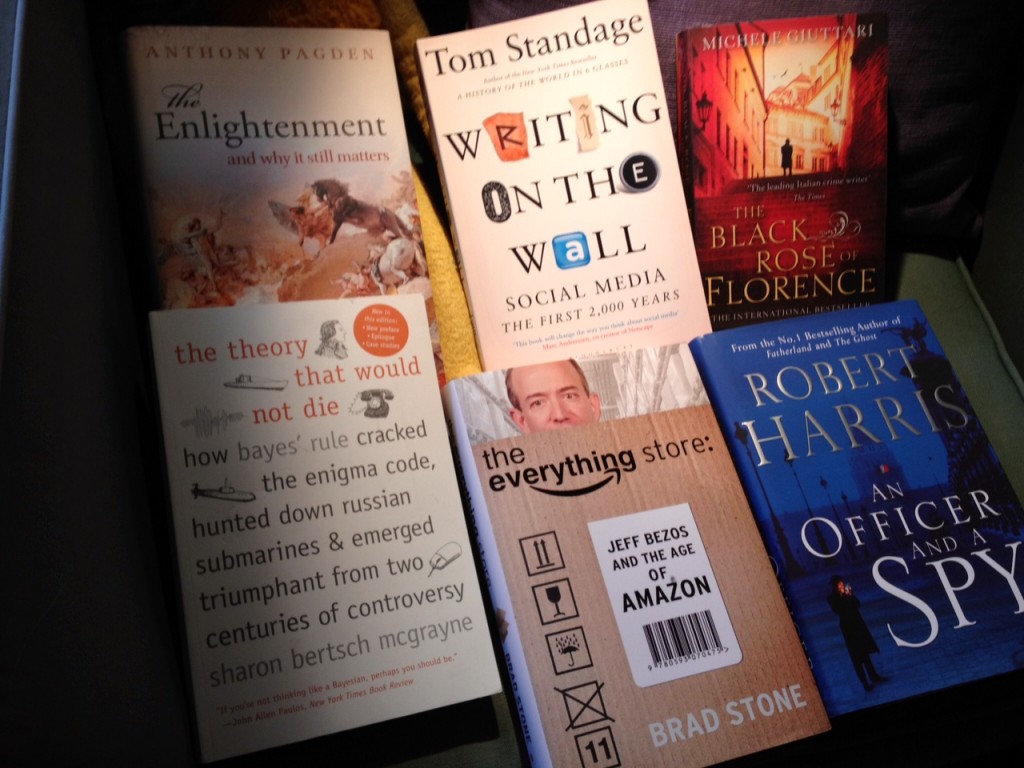In late February I’m taking part in a workshop featuring the Edward and Robert Skidelsky book, [amazon_link id=”0241953898″ target=”_blank” ]How Much is Enough?[/amazon_link] – no doubt because my last book was called [amazon_link id=”0691156298″ target=”_blank” ]The Economics of Enough [/amazon_link]and is about sustainability, broadly defined. The new edition of their book has just arrived, so I don’t yet know how it has changed.
[amazon_image id=”0241953898″ link=”true” target=”_blank” size=”medium” ]How Much is Enough?: Money and the Good Life[/amazon_image]
Meanwhile, this morning I was looking back through one of the best books on this theme, Fred Hirsch’s 1976 classic [amazon_link id=”0415119588″ target=”_blank” ]Social Limits to Growth[/amazon_link].
It covers the same territory, albeit in the language of the 1970s – ‘commodity fetishism’, the adverse effects of excessive commercialization, including moral effects, and distributional questions. The book is of course best known for its definition and explanation of ‘positional goods’. Hirsch saw most material goods as having the potential for productivity improvements, but scarce goods and many services as subject to congestion in demand. The relative price of positional goods would rise over time, he argued.
[amazon_image id=”0415119588″ link=”true” target=”_blank” size=”medium” ]Social Limits to Growth[/amazon_image]
Hirsch’s conclusion was that, “The social rationale of individual maximization weakens.” [amazon_link id=”1490944052″ target=”_blank” ]Adam Smith[/amazon_link] could have been right about the benign effect of self-interest in the material economy (the only part of the economy Smith thought mattered), but in the modern economy with positional scarcity, “A shift of the invisible hand from the private into the public or communal sector is needed. Rather than pursuit of self-interest contributing to the social good, pursuit of the social good contributes to the satisfaction of self-interest.” Hirsch has no issue with past capitalism; indeed, he agrees it has been a great leveler. But the distributional tensions due to past growth and increasing scarcity of positional goods now justify – he argues – “drastic limits” on consumption choices. “Society is in turmoil because the only legitimacy it has is social justice,” he concludes.
The book is clearly right about the role of positional goods, from diamonds to houses located in beautiful countryside. So far, so [amazon_link id=”0141023988″ target=”_blank” ]Veblen[/amazon_link]. Hirsch has some sharp insights into hierarchies, too. He spots the arms race that has occurred in educational qualifications – where finishing high school used to be enough, a degree is needed; and instead of a Bachelor’s degree, a Master’s. But – as the note I scribbled on an earlier reading reminds me – he over-aggregates. People in diverse modern societies have at least to some extent taken their search for position in a range of directions. Still, it’s going to be worth re-reading properly before engaging in discussion with the Skidelskys.
Besides, all of this is the perfect accompaniment to the last few days of Christmas shopping. I like the giving and receiving of presents – as do so many economists in their own way – but actually how much better if that’s books and chocolates, or home made jam, or a cosy scarf, rather than positional status symbols of any kind.

